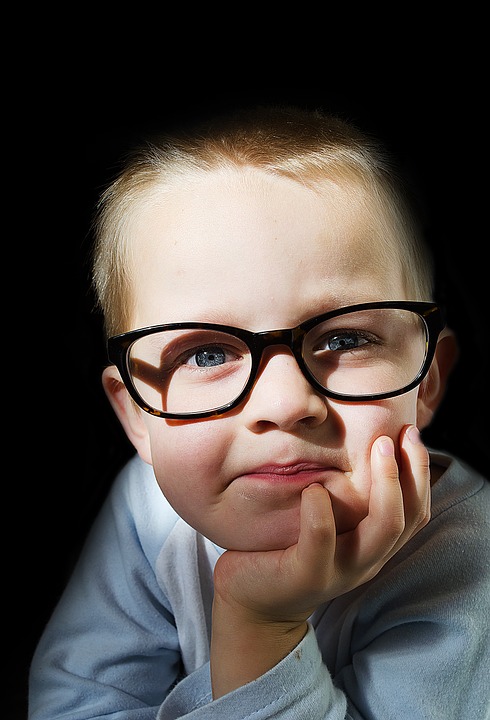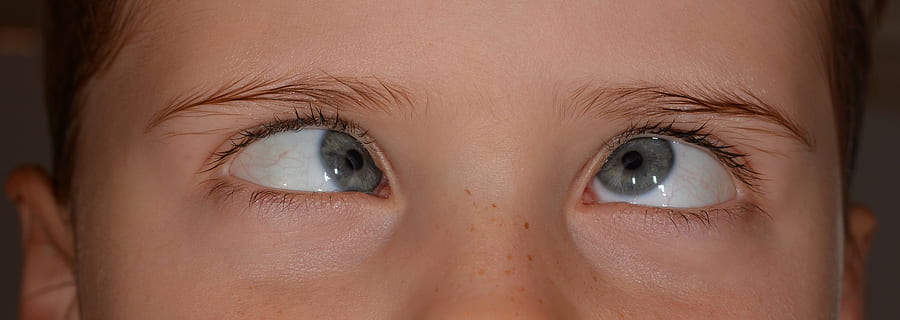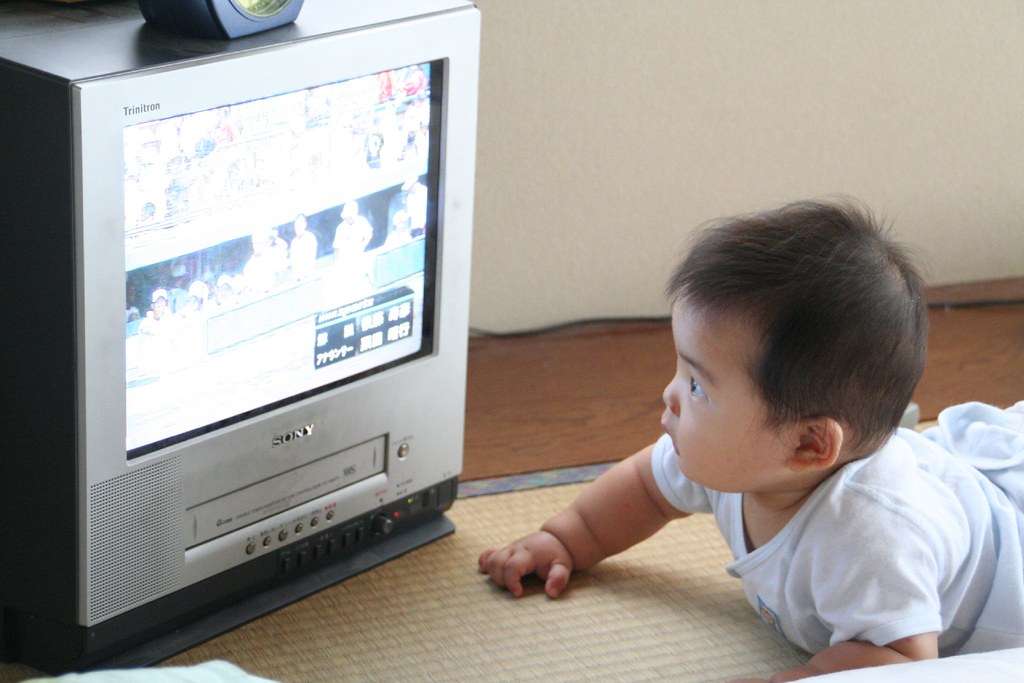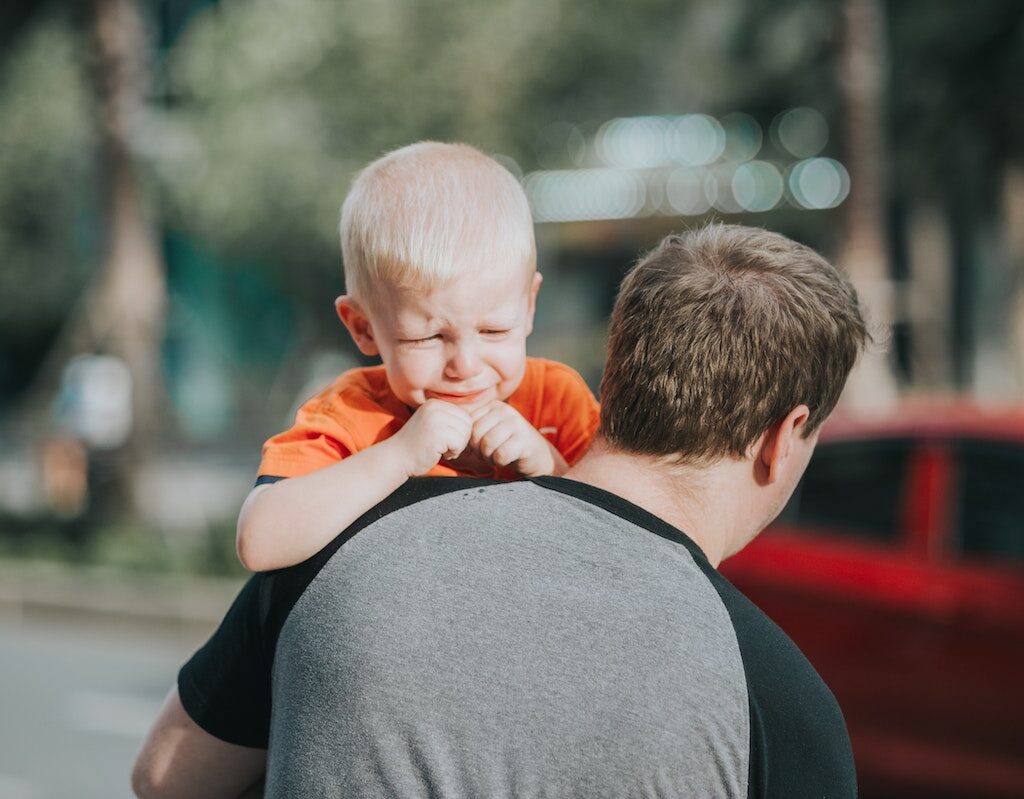
Babies and toddlers wearing power glasses is a common sight nowadays. It is upsetting to see the increasing number of eyesight problems among young children. Technology is meant to make our lives simpler, but too many inventions have affected children’s health too.
Our little ones spend an increasing amount of time watching television, scouring the internet on a phone or tablet, playing games and reading on digital tablets. These are activities that have increased a lot more when compared to our childhood.
The COVID-19 pandemic also accelerated these issues as children and parents had few other options. In addition, watching their superheroes has become a part of their feeding habits in many families.
Spending too much time on these devices can significantly affect their body, mainly affecting their eyes.
In addition, undetected vision problems can change your child’s performance both in and out of the classroom. Therefore, it’s essential to understand eye health so you can recognize the signs that your child shows when he/she has a vision problem.
Signs Your Child Might Need Glasses
Here are a few signs that show your baby’s eyesight is different from usual. It is always advised to consult an ophthalmologist (eye M.D.) before concluding a decision.

Squinting: Commonly known as “Strabismus”, which refers to looking or peering with the eyes partly closed. Squinting can be due to an incorrect balance of muscles, refractive error, childhood illnesses, nerve palsy and several other reasons. By squinting, your child may be trying to improve the focus and clarity of an object. In some cases, one of the eyes may turn in, out, up or down while the other eye looks ahead. This may happen all the time or may come and go. The treatments can differ depending on the causes. Wearing glasses and eye exercises are the common treatments.
Lazy eye or amblyopia: Amblyopia occurs when your brain favours one eye, often due to poor vision in your other eye. Eventually, your brain might ignore signals from your weak or “lazy” eye. The condition can result in vision impairment and loss of depth perception. Your child might cover one eye or tilt his or her head to adjust the angle of vision to improve the picture. This is considered to be the most common eye disorder among children.

Sitting too close to the television or holding hand-held devices too close to the eyes:
In this case, your child may experience Myopia (near-sighted)or Hyperopia (far-sighted). During Myopia, your child can see close objects but needs glasses to see things that are far away clearly. In the case of Hyperopia, they find it difficult to see nearby objects while they can clearly see things far away.
Rubbing eyes excessively: Excessive rubbing of eyes could be a sign of any vision problem or condition like, for example, allergic Conjunctivitis.
Complaining of headaches or eye pain: If your child is complaining of a headache or ear pain frequently, this can be due to the overexertion of the eyes to improve the vision.

Having difficulty concentrating on schoolwork: Optimal vision is essential in learning. Poor vision can cause many problems among school-going children, ultimately affecting their academics. As parents, it is our responsibility to understand their difficulty and consult the doctor to safeguard it.
What happens at the doctor’s place?
Your child’s eyes will be checked for any physical problems as part of the newborn physical examination. It’s always better to have an eye test for your baby as early as six months of age.
Then additional eye exams can be conducted by three years of age or just before the first grade. Monitoring your child’s eyes at regular intervals helps to detect any visual problems at the earliest, and the best treatment can be given to spare your child lifelong vision issues and boost their overall health.

